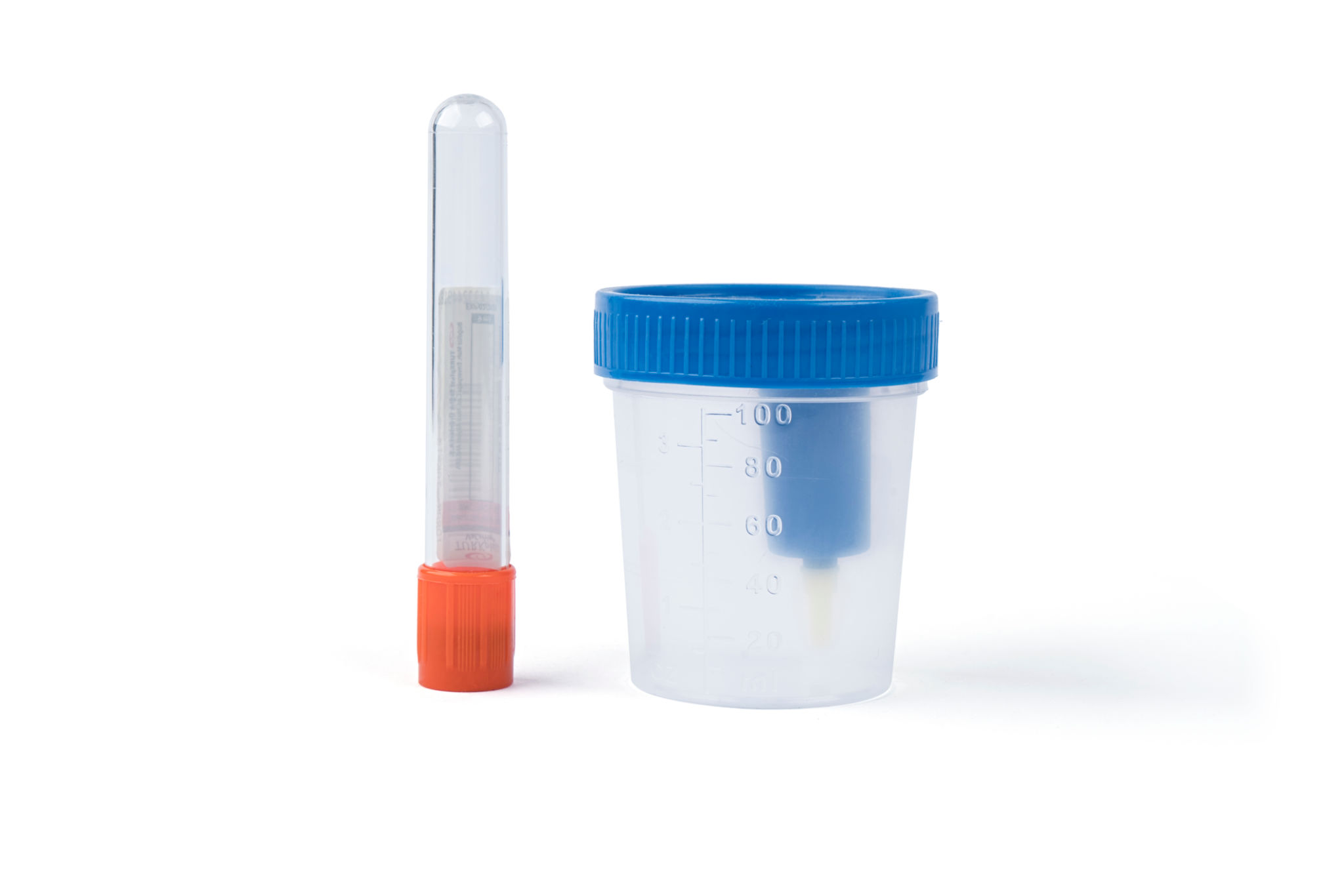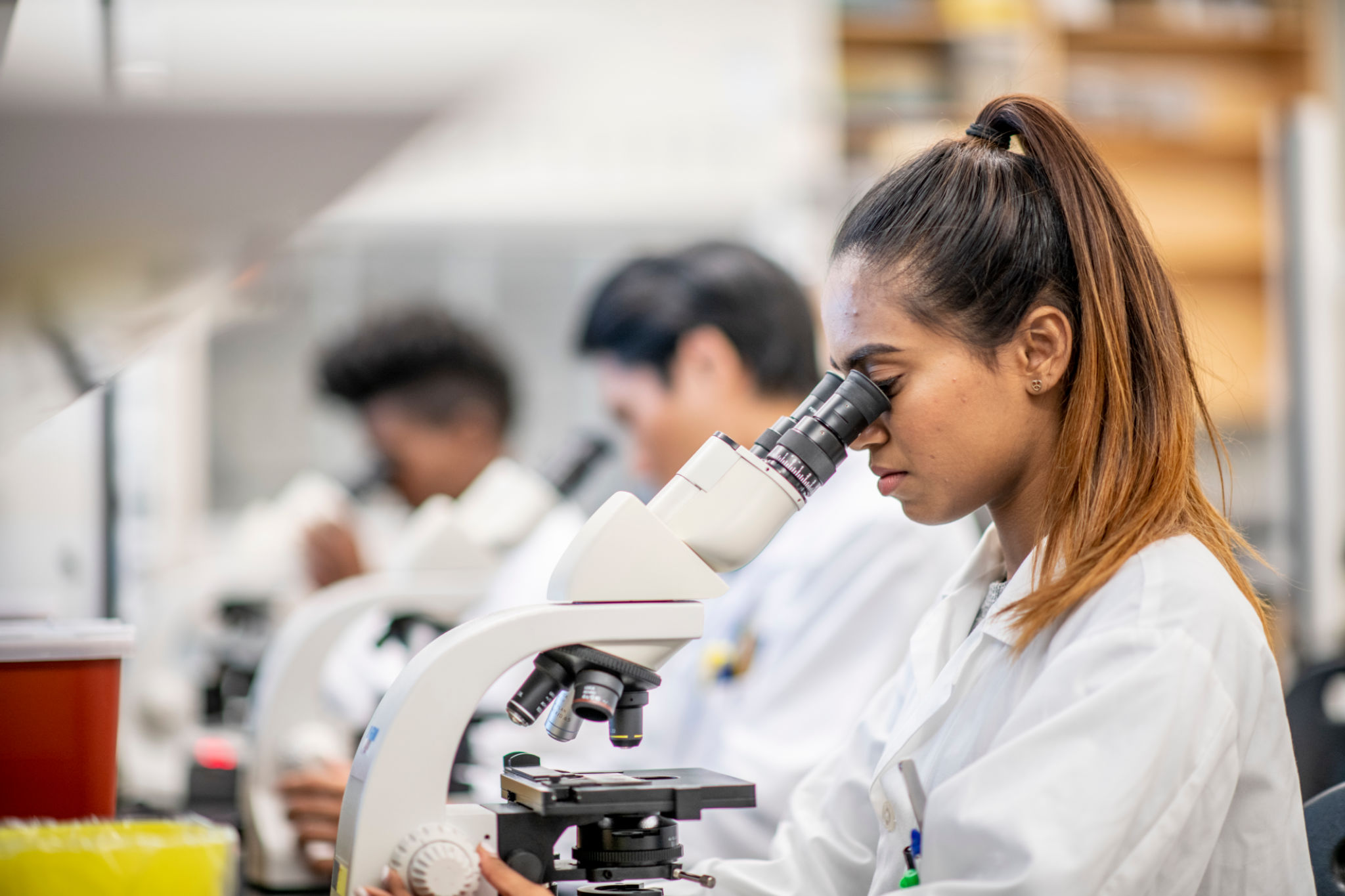Common Mistakes in Urine Sample Collection and How to Avoid Them
Understanding the Importance of Proper Urine Sample Collection
Urine sample collection is a routine procedure in medical diagnostics, but common mistakes can lead to inaccurate results. Understanding the correct procedure is crucial for obtaining reliable data. This article explores frequent errors made during urine sample collection and offers tips to avoid them.

Mistake 1: Contamination of the Sample
One of the most frequent errors in urine sample collection is contamination. This usually happens when the sample is collected improperly, introducing bacteria or other foreign substances. To avoid this, it's essential to use a clean, sterile container and ensure that the genital area is cleaned properly before collection.
Mistake 2: Incorrect Timing of Collection
The timing of urine collection can significantly impact the test results. For certain tests, such as glucose or protein testing, a first-morning urine sample is preferred due to its concentration. Always follow the specific instructions provided by healthcare professionals regarding the timing of the sample.

Mistake 3: Inadequate Sample Volume
Another common mistake is providing an insufficient volume of urine. Most tests require a minimum amount of urine to yield accurate results. Make sure to check the required volume with your healthcare provider or the instructions on the collection kit to ensure compliance.
Mistake 4: Improper Storage and Transport
Once collected, urine samples must be stored and transported correctly to prevent degradation. Samples should be kept at a cool temperature and delivered to the lab as soon as possible. Delays or improper storage can lead to changes in the sample composition, affecting test accuracy.

Tips for Accurate Urine Sample Collection
To avoid these common pitfalls, follow these simple tips:
- Clean thoroughly: Use antiseptic wipes to clean the genital area before collecting the sample.
- Use midstream urine: Start urinating, then collect urine midstream to minimize contamination.
- Follow instructions: Adhere strictly to any specific guidelines for your particular test.
Conclusion: Ensuring Accurate Results
Avoiding common mistakes in urine sample collection is essential for obtaining reliable diagnostic results. By understanding and addressing these frequent errors, patients can contribute significantly to the accuracy of their medical assessments. Proper preparation, collection technique, and handling can make all the difference.